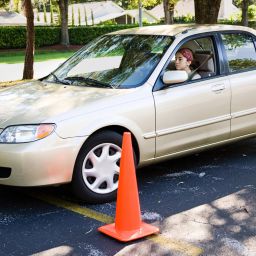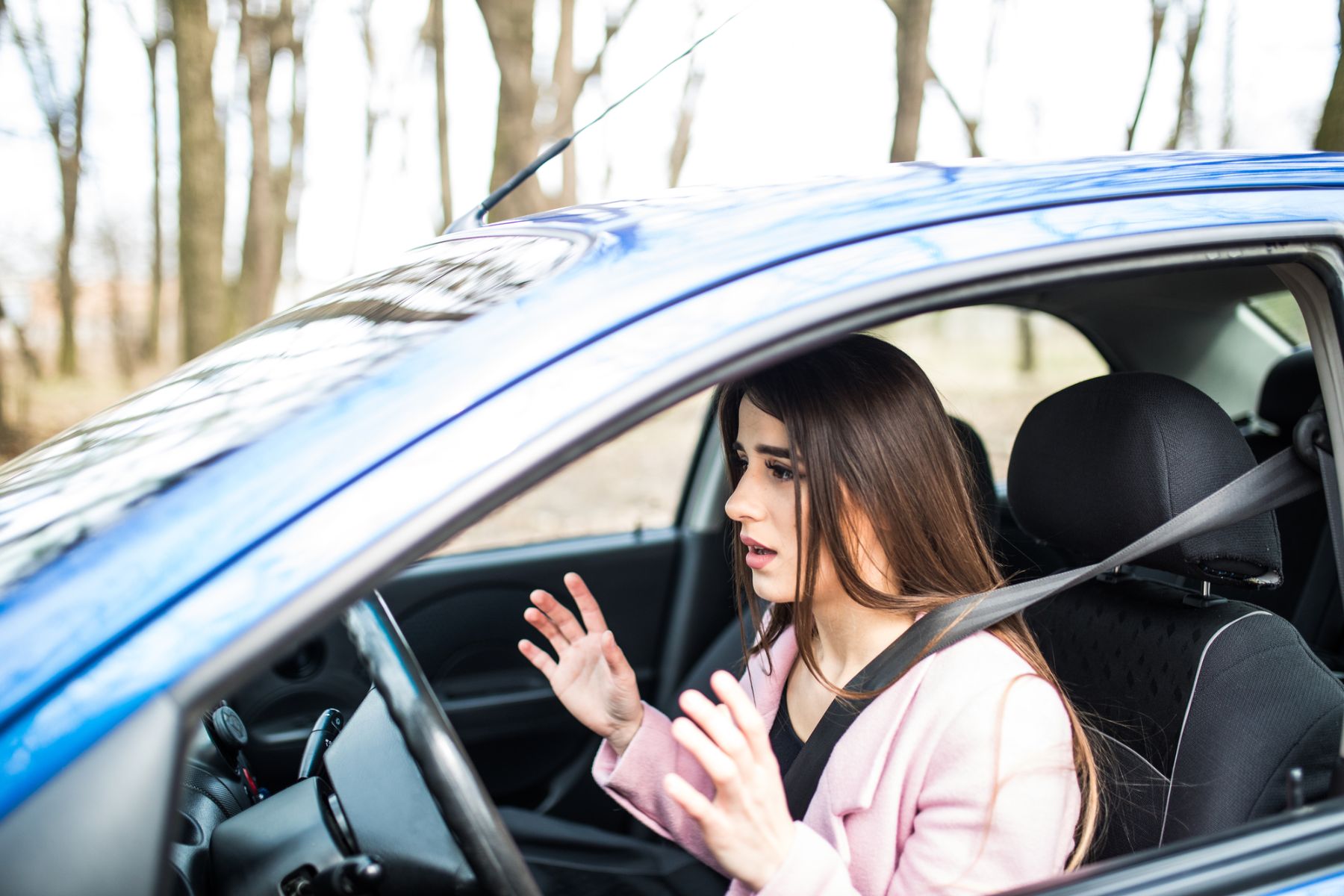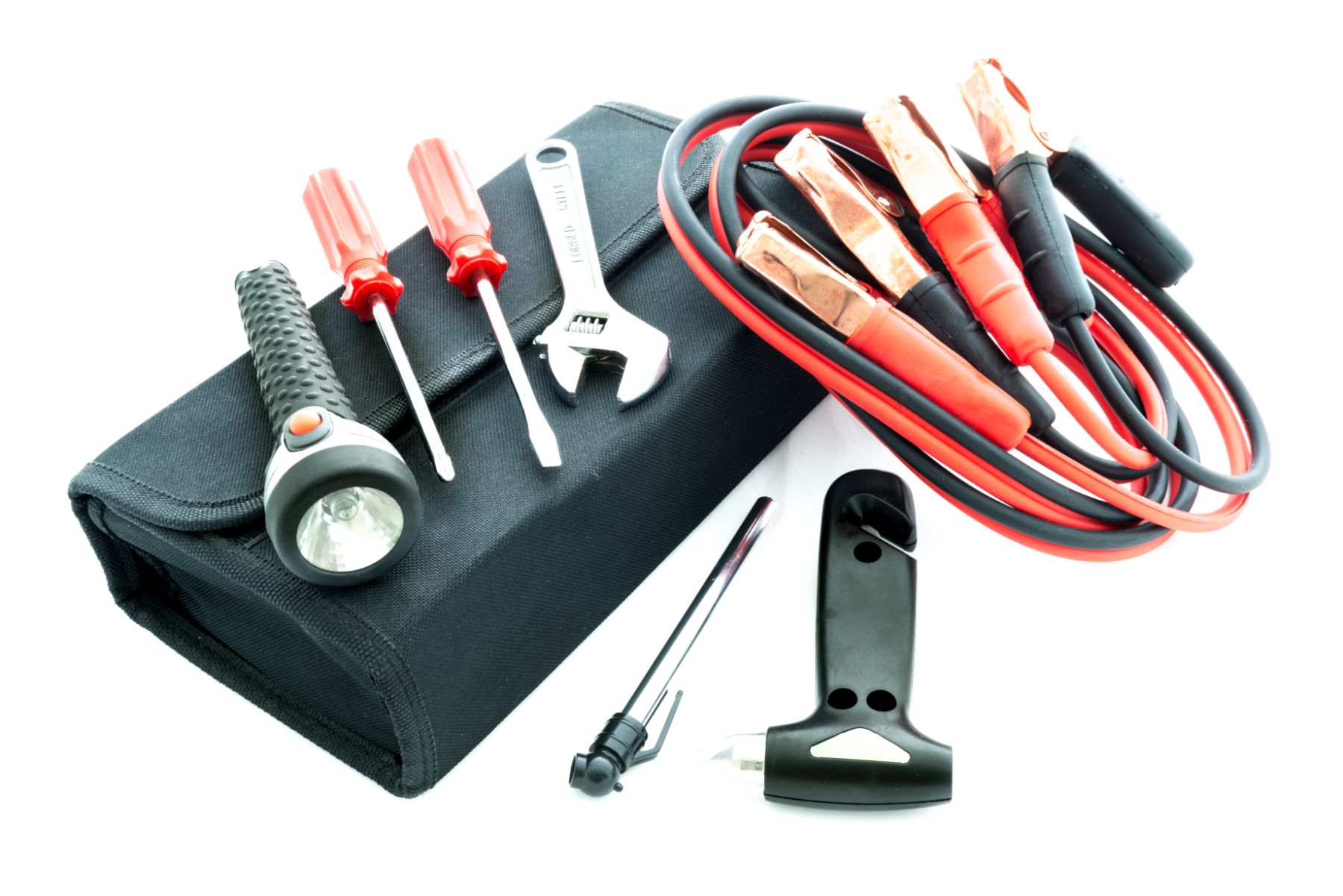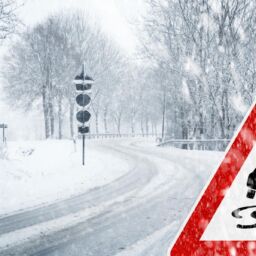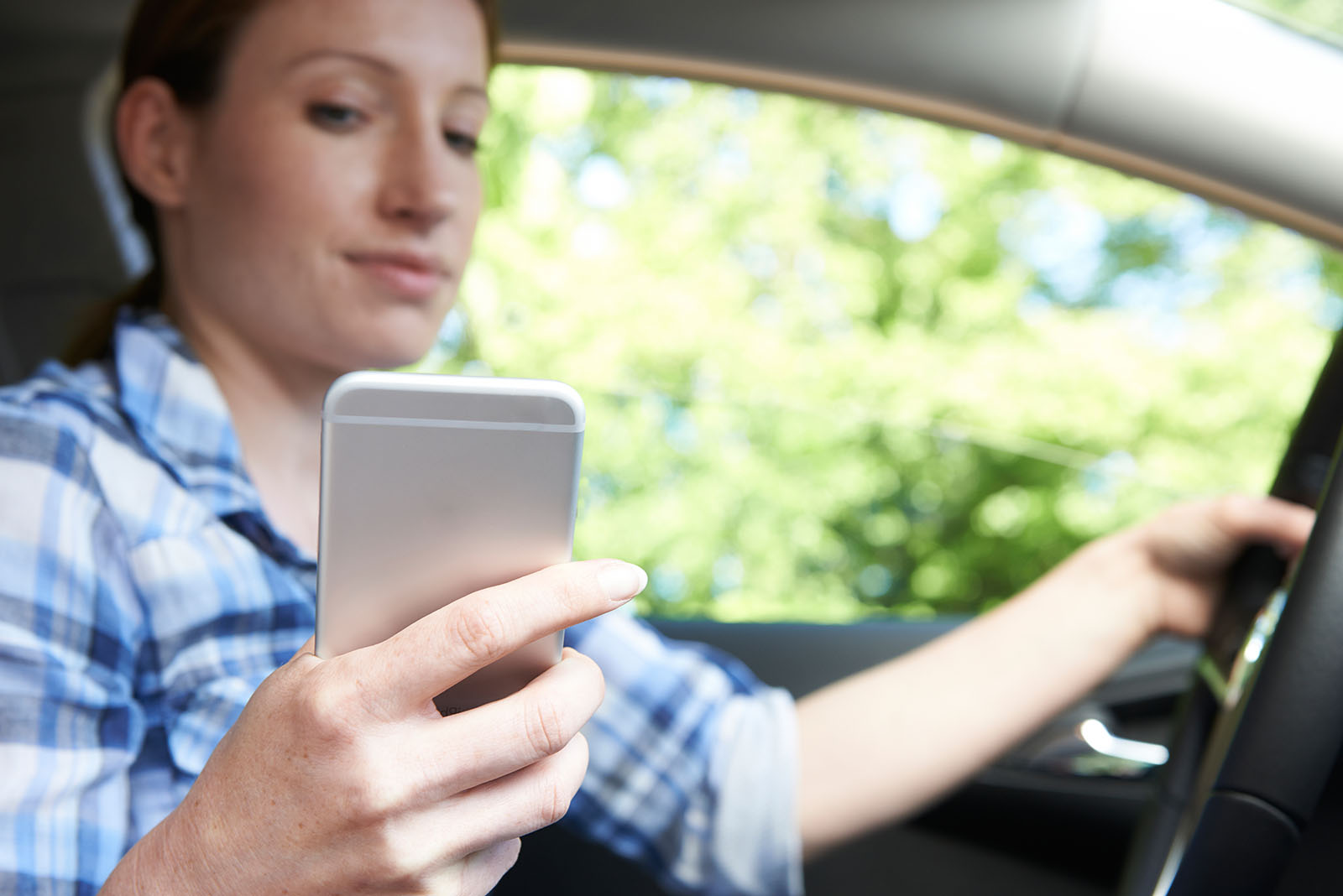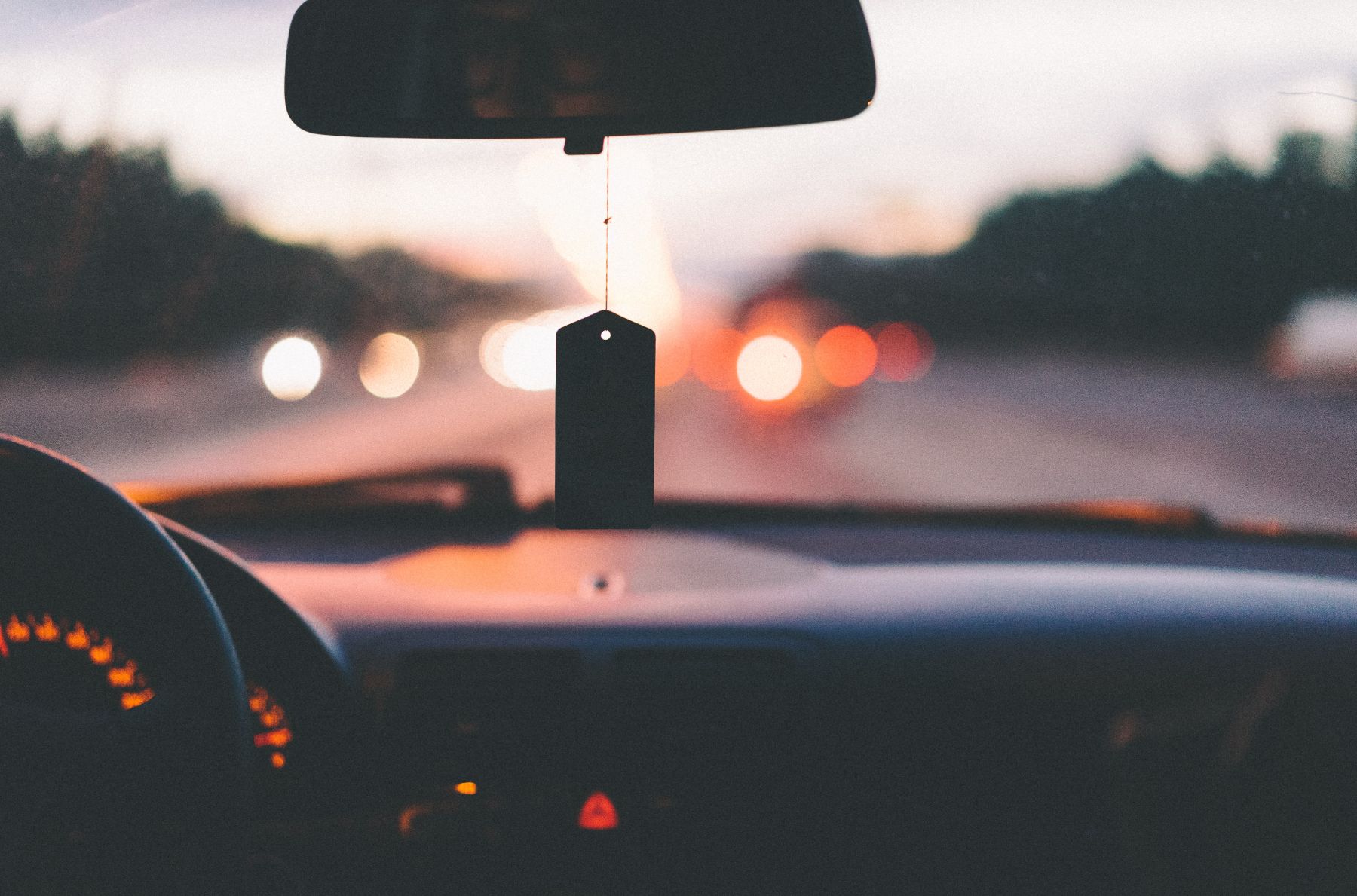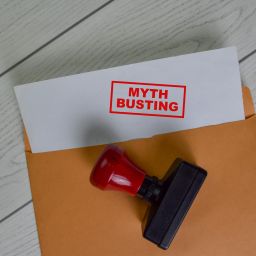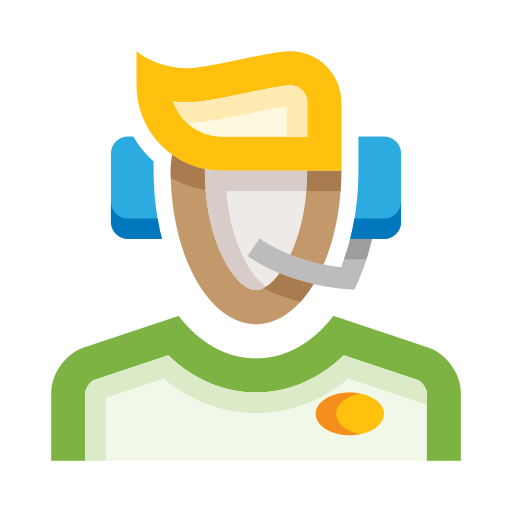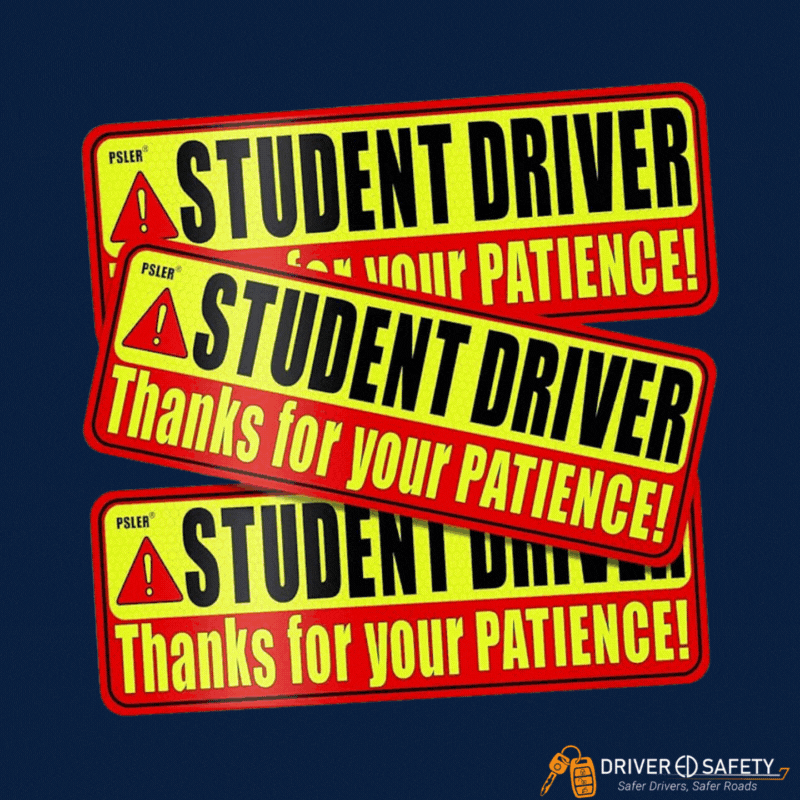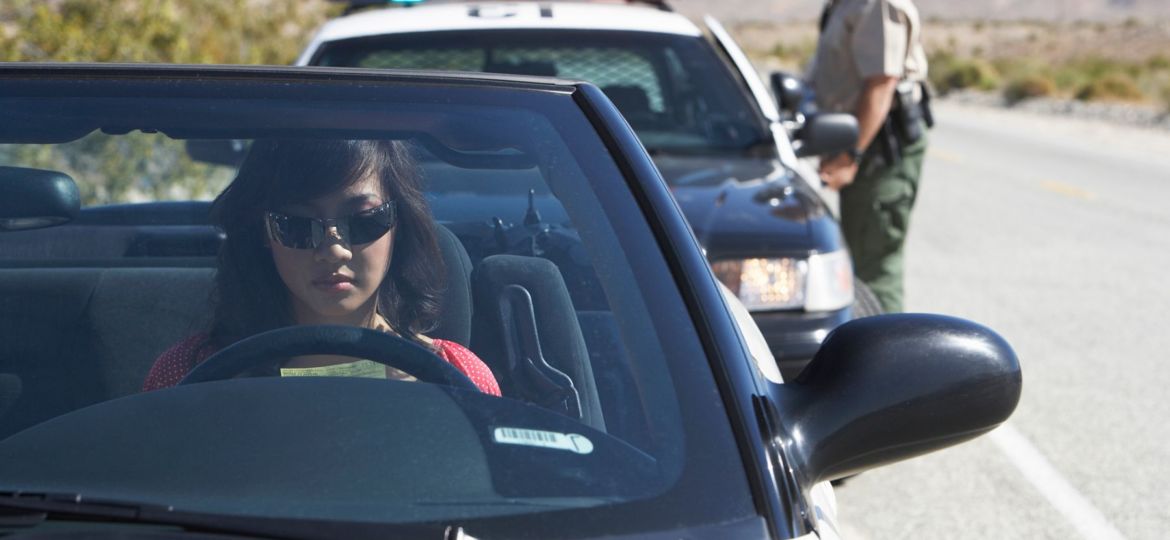
Let’s be real, no one is perfect. This means that everyone makes mistakes, even on the road. While it’s every driver’s responsibility to practice safe and defensive driving, every once in a while, an error will be made, and a police officer might be around the corner to witness it. People can be pulled over for all sorts of reasons. From speeding to expired registration tags, police officers patrol the roads to ensure that everyone is following the law, keeping themselves and others safe.
If you find yourself with a police car’s flashing lights behind you on the road, don’t panic. It’s not a situation any driver plans for, but should be prepared for in the event it happens. Being pulled over is stressful and can seem intimidating, especially if you’re not expecting it. Understanding the steps for being pulled over is a part of earning your driver’s license. Remember to stay calm and follow this guide if you’re ever pulled over while driving.
Engage Your Turn Signal
To alert the officer that you see them and agree to pull over, turn on your turn signal as soon as you can. This will give you time to find an appropriate place to pull over. If you’re having trouble finding a safe spot to pull over due to construction or traffic, for example, turn on your hazard lights and proceed to the nearest parking lot.
Slow Down, Pull Over
Next, merge into the nearest and safest lane to ensure your and the officer’s safety in the forthcoming exchange. This may mean you have to cross multiple lanes of traffic, that’s okay! Traffic rules and regulations still apply if you’re being pulled over. Remain calm and take the necessary time to pull over safely for you and the drivers in your vicinity. Ensure you have slowed your speed and merge cautiously.
Move to an area that permits as much space between your vehicle and moving traffic as possible. This might mean turning onto a side street with less traffic. If you’re on the highway, merge to the far right in the area known as the “shoulder.” At night, this might mean moving to a well-lit area, even a parking lot, to ensure visibility and safety. This will definitely get you positive points with the officer involved!
Play the Waiting Game
Do not anticipate any documents or steps the officer might call for. For instance, reaching into your glove compartment, preemptively, may trigger a reactionary response from the officer. It’s best to turn your vehicle off and stay seated in the driver’s seat with your hands on the steering wheel until the officer approaches your vehicle. You and all passengers should have your hands in plain view. Let the officer ask for your license, registration, and proof of insurance. With everyone’s safety in mind, just calmly respond to the officer’s questions and requests.
Communicating with the Officer
This is where things may seem to get a bit complicated (trust us, they don’t have to be). When the officer asks you why they pulled you over, it’s best to politely say you don’t know. You should never admit fault during a traffic stop. If you think you were unjustly pulled over the best course of action is to fight the citation in court.
Always respond to the officer’s questions and requests with courtesy. Arguing with the officer will likely increase your chances of receiving a citation instead of a warning. It’s also great to tell the officer your intentions, as they ask for documentation. For instance, if your license is in your wallet inside your purse, make sure you express that you need to get it out of your purse before doing so. This helps minimize the officer’s suspicions and reduces their heightened awareness.
It’s also important that in many states, you may need to alert the officer if you have a weapon, like a permit-approved gun, on your person or in your vehicle. This greatly reduces any suspicion, whether merited or not, and benefits you for being transparent.
Receiving a Citation
If you receive a citation, you should sign the physical copy. This is not an admission of fault, but rather documentation that you are the person who received the citation. Arguing with the officer at the time of the stop is not the time or place, and can escalate the situation. You will have the opportunity to fight your citation in court, but until then, you must comply with the officer.
You’re Free To Go, Now What?
It’s good practice to ask the officer, “Am I free to go?” after they’ve collected your information and issued you a citation or warning. This eliminates any confusion from both parties. Once the traffic stop is complete, take a moment to regain your composure, especially if you are visibly upset, put away all necessary documentation, and make sure it’s safe to merge into travel lanes once again. You don’t have to quickly get back on the road. The officer will understand that you are ensuring your and other travelers’ safety.
The officer may likely watch you leave. As you are pulling away, ensure you’re following the rules of the road. This means using your turn signal to merge back into traffic and following the speed limit. It’s important not to become flustered after you receive a citation, as it can impair your driving skills. If you’re overwhelmed, stay parked where you are and take some deep breaths.
Paying the Citation
Once you’re back on the road, safely reach your destination before you examine your citation. Attempting to read the ticket while driving is a dangerous distraction and against the law. Don’t procrastinate paying the citation or any further actions required of you following your traffic violation. You may be required to alert your insurance company or attend a defensive driving course. Payment can be made online, and directions will be given on the physical ticket you receive. If you violated traffic laws, learn from your mistakes and drive accordingly in the future.
Learn How To Drive Safer with Driver Ed Safety
Avoid traffic citations as best you can by learning and practicing defensive driving. Driver Ed Safety offers an Online Course and Behind The Wheel lessons, teaching students how to develop defensive driving and behavior patterns to stay safe on the road. Get started today!


